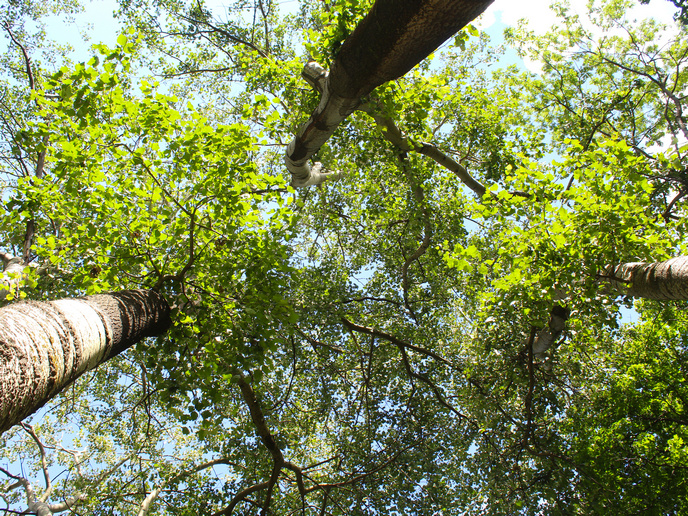Monitoring oil pollution with metabolomics
Metabolomics is an exciting new field of research that studies the changes in chemical processes involving metabolites within organisms as a result of normal physiological processes. These changes may be due to the onset of disease or exposure to environmental pollutants or other stressors. The 'Metabolomics of tidal organisms to indicate oil pollution' (METOIL) project investigated the use of metabolites to determine the effect of environmental pollution from oil. The impact of hydrocarbon metabolites on polychaetes (a type of marine worm) was analysed to determine whether they could be used as pollution indicators. METOIL was a highly interdisciplinary initiative, involving analytical chemists, environmental metabolomics, ecotoxicological risk and chemometrics. Researchers assessed different analytical techniques that would enable them to distinguish between specimens that had been exposed to crude oil and those that had not. Data pre-processing and advanced chemometric techniques were used to determine how the metabolites were affected by pollution. Tissue samples were extracted and used to assess the toxicological risk and environmental impacts posed by polycyclic aromatic compounds and other hydrocarbons. Project results showed that it was possible to identify the metabolites involved in chemical stress from oil pollution, which included amino acids, carbohydrates and fatty acids. However, additional research is required in order to achieve a complete understanding of how marine polychaetes respond to oil contamination. METOIL was used to monitor the ongoing environmental impact of a heavy bunker oil spill at Bredemade Hage in Denmark. The area was contaminated in 2001 when the oil tanker Baltic Carrier collided with another ship and 2 700 tonnes of bunker oil was released into the sea. The techniques developed through METOIL can therefore be used to monitor other areas affected by oil spillages. They are also particularly useful for monitoring intertidal areas, which are needed for producing seafood for human consumption.







